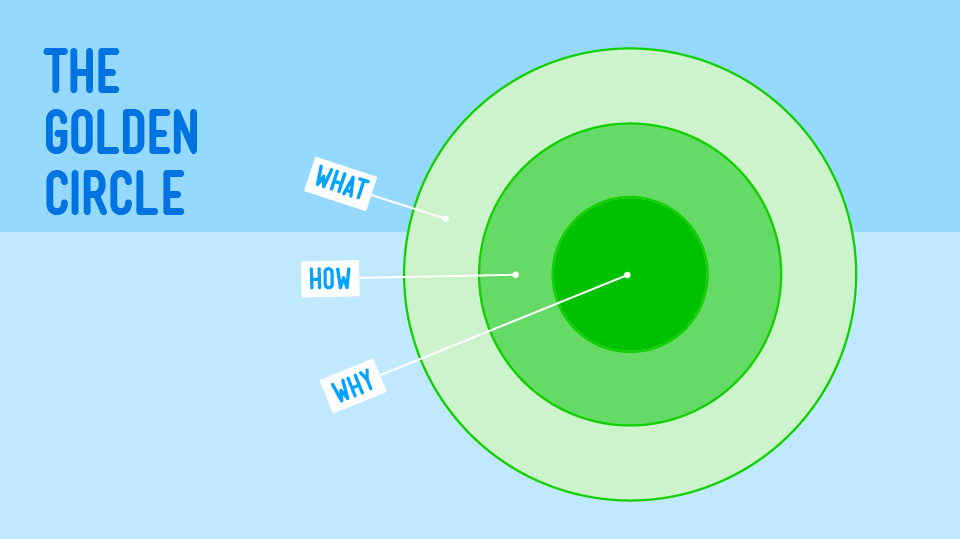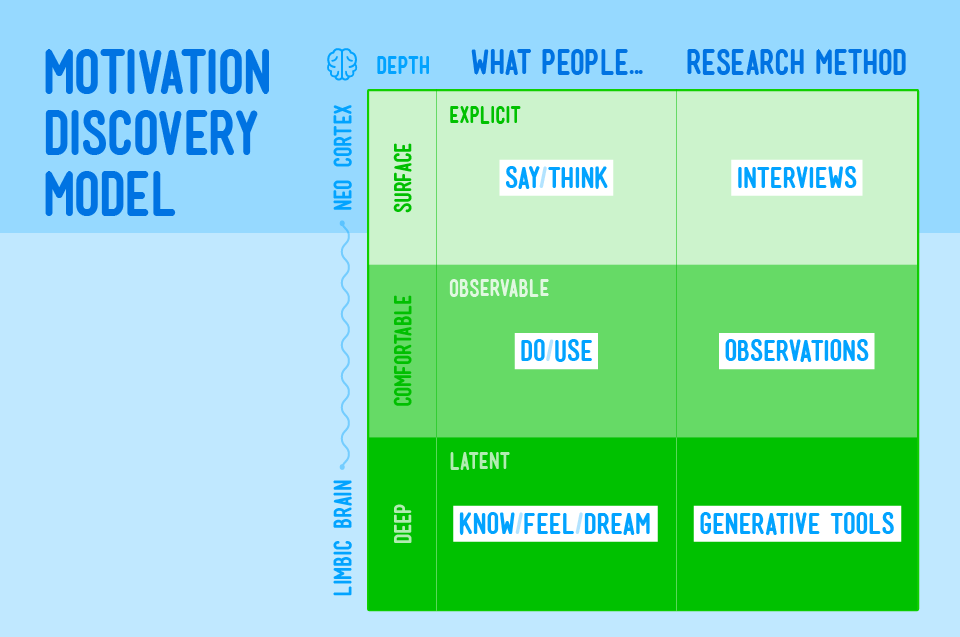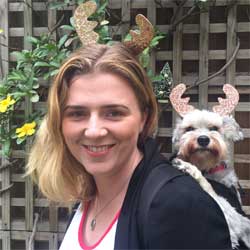
Ho ho ho! We’re wildly winding up research and producing schmick deliverables leading up to the break. It seemed a good time to pause and reflect on what we really learn from our people in our research.
I wanted to talk about motivation. How do we understand why people do things, not just what they do?
Motivation is a combination of needs, desires and wants:
- It moves us to set goals.
- It is the momentum that pushes us to achieve goals.
- It is the sustaining force that keeps us pushing or returning to achieve goals.
- It is the “Why” we want to do something.
Theory: Simon Sinek’s Golden Circle
Let’s simplify and de-science our approach to prioritising the layers and nodes of needs and emotions that best represent us.

Simon’s model is focused on how customers perceive and connect with companies, but the relevance to the work we do as UXers is clear. By understanding the 'how' then the 'why' of our users; and better still when these align with the 'why' of our client’s business, we have a winning recipe.
Methods: Priming
It strikes me that we require our participants to be primed or emotionally self-aware for optimal qualitative research. We facilitate participants into a state of relative self-awareness. With an approach that allows participants to start small and dig deeper, we make it easier for them and us.
Methods: Storytelling
We’ve warmed up the room, found some commonalities, now we get them storytelling. This might be solo to reflect and then share. We act as connectors with the stories and people to encourage engagement and a cooperative atmosphere.
Methods: 5 Whys
An approach called the '5 Whys' is a simple one. As a participant offers a fact or thought, we ask them 'why?'. Once we understand, we ask yet again, 'why?' Five times. This is an iterative discovery technique to discover the root cause.
Methods: Generative Learning
Our approach is generative. We facilitate conversation and listen to generate meaning. We draw inferences based on existing knowledge to create new mental models.
We also ask our participants to be generative as we engage them in activities that get them making and doing things. It’s why they enjoy the sessions so much!

What we do with the Whys
Employing enquiry methods in our research and layering our activities to encourage a deeper dive will help paint a vivid picture. Distilling motivations delivers stronger research deliverables, such as personas, journey maps and blueprints.
We’ve dusted the surface of user motivation, there is much more to uncover including triggers, friction and ability. Read more about the Behaviour Model.
Over Chrissie, perhaps take some time to think about motivation and the 'whys' for your users. It might be a welcome distraction from the 'why' you ate that extra sausage wrapped in bacon?
Warmest UXmas to ya.

